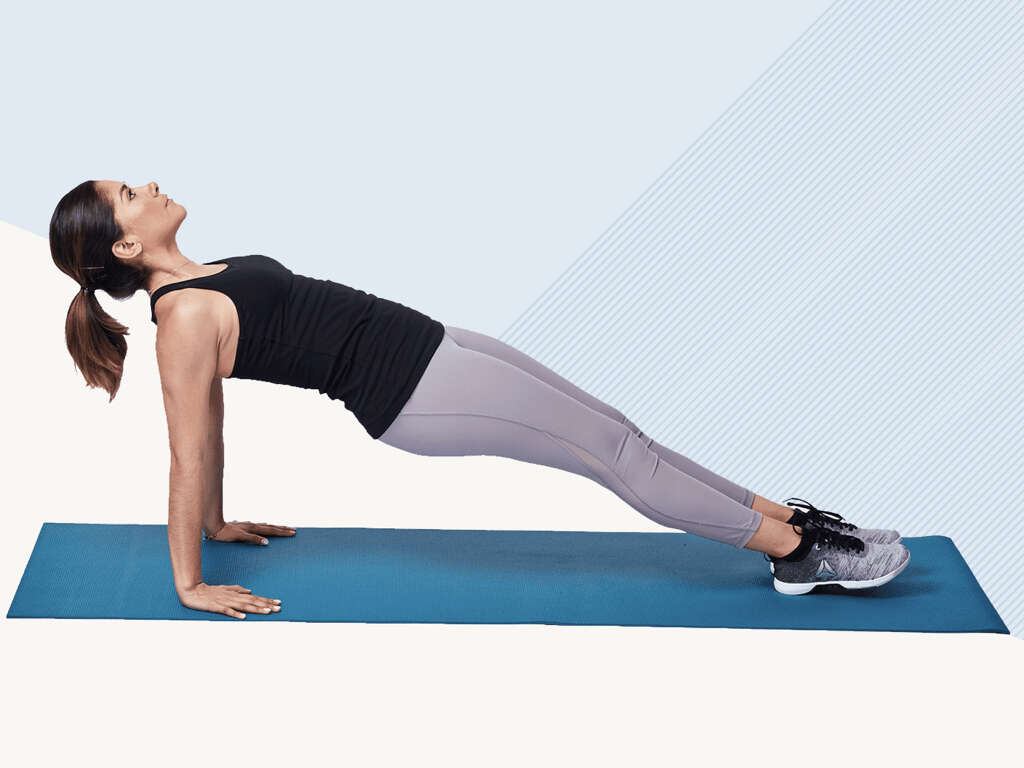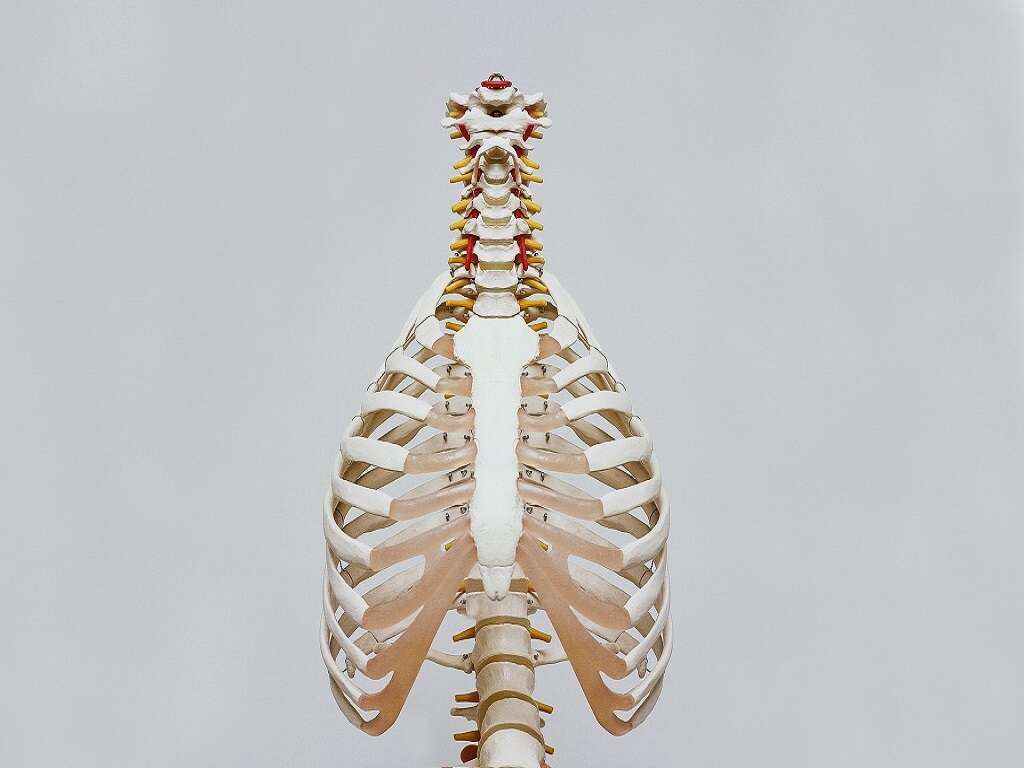10 Benefits of Yoga
If you are wondering why there is so much hype about yoga, you probably don’t know about the benefits you can gain by practicing it. Yoga is an ancient Eastern practice that recognizes the oneness or union of the body, mind, and soul. It uses physical poses or asanas, breathing exercises or pranayama, and meditation to achieve this union.
In recent times, yoga has gained an increased following as more people seek ways to relax, get rid of stress and anxiety, get pain relief, or improve productivity and the quality of life. There are many types of yoga, some of which lay more emphasis on either the physical or spiritual aspects. This may determine the branch that you settle for.
No matter which type of yoga you choose, you obviously want to know its benefits. Below are 10 benefits of yoga you can hope to get through regular practice.
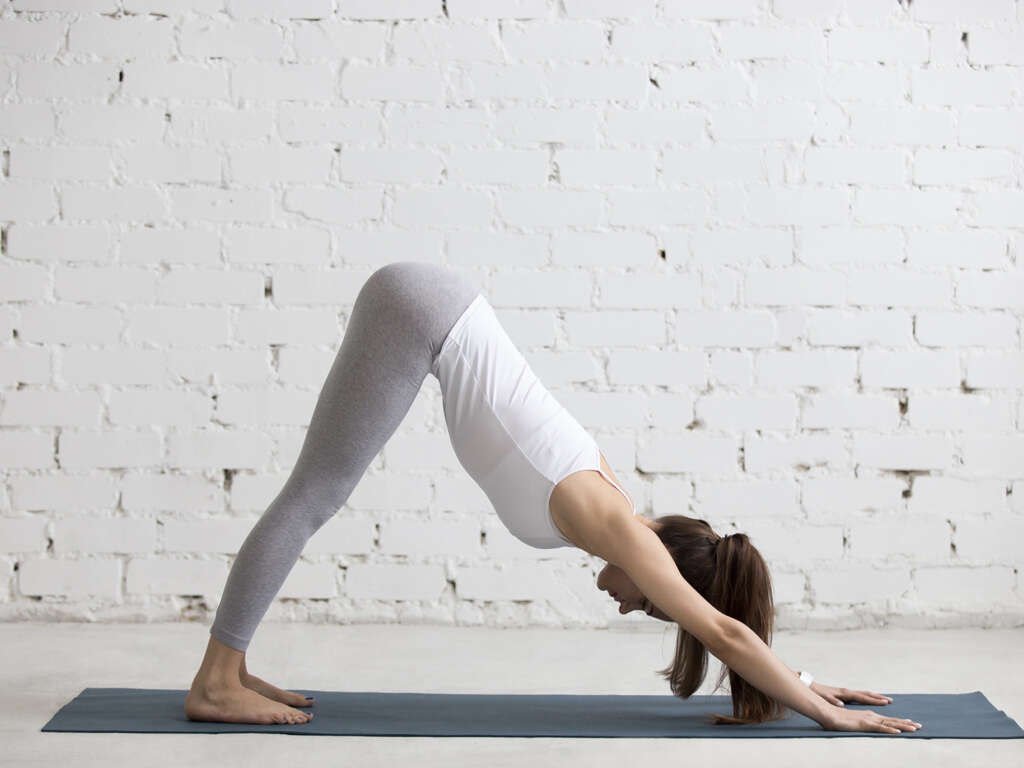
Yoga Benefit #1: Reduces Stress
Modern lifestyles have led to increased stress and depression. As a result, many people’s quality of life is adversely impacted. But you can calm your body and mind by practicing yoga. Studies have found that the combination of asanas, breathing, and meditation helps to reduce stress and improve the quality of life.
Stretching and relaxing muscles helps to get rid of physical tension, breathing exercises calm breathing, heart rate, and blood pressure, while meditation calms the mind. Practicing yoga regularly can help you deal with the demands of modern life while keeping calm. It can also help you sleep well at night.
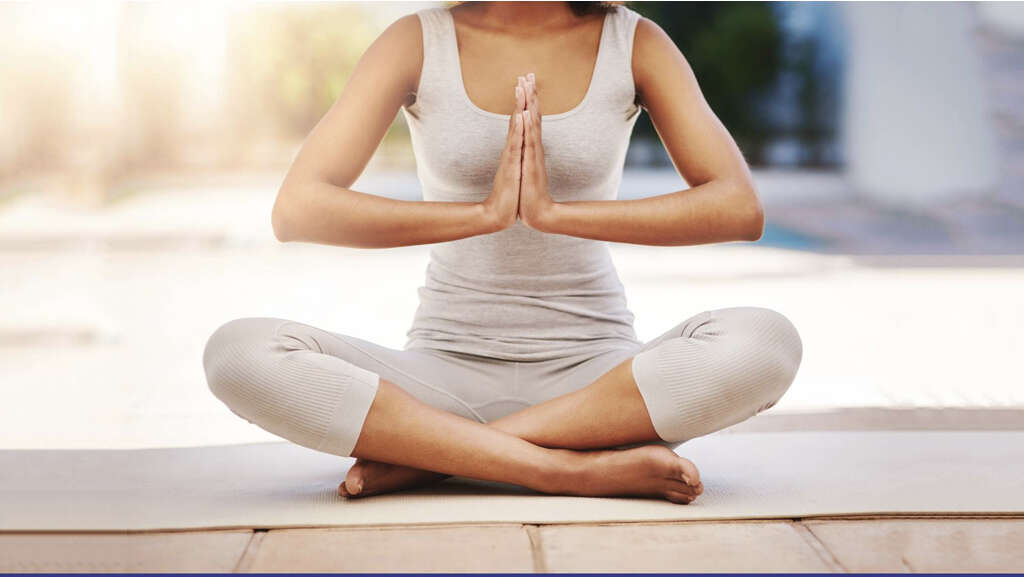
Yoga Benefit #2: Improves Heart Health
Practicing yoga helps to relax the body including the respiratory and circulatory systems. At the same time, it helps the body to get large volumes of air due to deep breathing. This means that more oxygen is available for the production of energy to power the body’s functions. Because the heart pumps blood to transport oxygen; with more oxygen in the bloodstream, cells, tissues, and organs, including the heart, can function more efficiently.
Consequently, the heart doesn’t have to beat too fast to achieve adequate supply of oxygen in the body. Studies of people aged 40 years and above whose practice of yoga had gone on for five years found that the participants had a relatively lower heartbeat rate and blood pressure than their peers who didn’t practice yoga.

Yoga Benefit #3: Improves Oxygen Intake
Slow, deep breathing, also called pranayama, is an important component of yoga practice. In normal circumstances, most people only use the upper part of the lungs when breathing. This means that large parts of the lungs are unused. As a result, the body may not get as much oxygen as it requires for efficient functioning. This is probably one of the reasons why some people complain of low energy or fatigue.
When you practice pranayama, you breathe slowly and deeply to fill up the lungs. This means that most of the lungs’ internal surface area is exposed to air and more oxygen can be absorbed for use in the body. At the same time, the body releases more carbon dioxide through the lungs. The increased oxygen intake helps the body to produce more energy and get rid of higher amounts of waste carbon dioxide.

Yoga Benefit #4: Improves Energy Production
According to the yoga philosophy, the body contains energy centers or chakras. These centers are located in different parts of the body. Because yogic breathing exercises increase oxygen intake and carbon dioxide expiration, they equip the body for increased energy production. Pranayama also clears the body of increased amounts of carbon dioxide, making it function more efficiently.
Practicing pranayama in combination with asana, stimulates the body’s energy centers to produce more energy for use in the body. Increased energy production and distribution is associated with certain asanas including the tree pose and cobra pose. By increasing energy production, regular practice of yoga can help remedy low energy and fatigue.
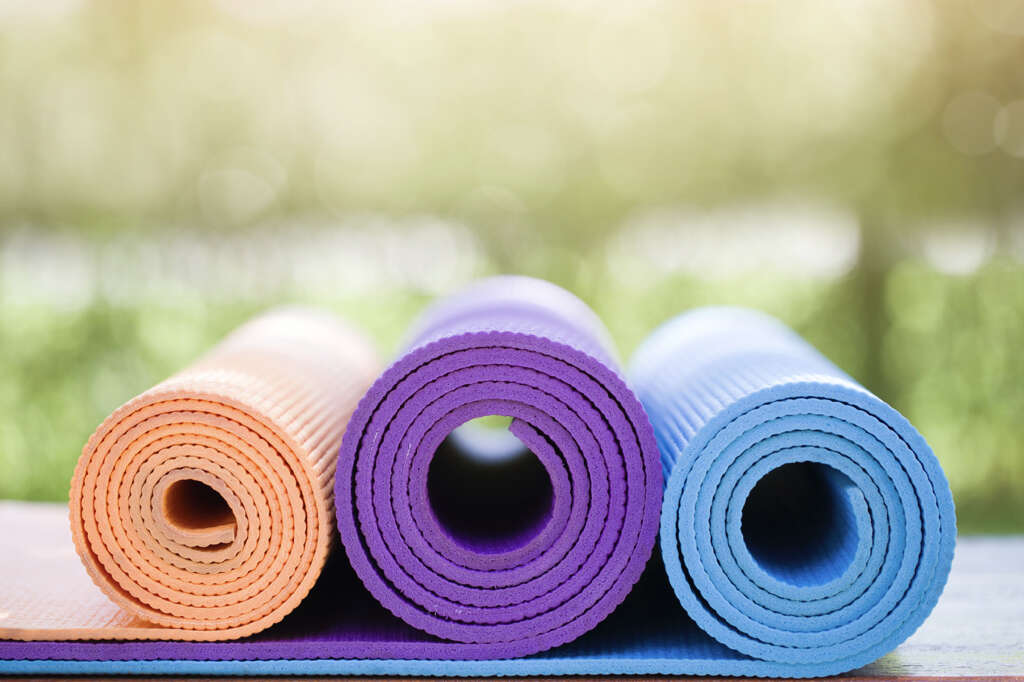
Yoga Benefit #5: Boosts Quality of Life
The many benefits of yoga lead to an overall improvement of the quality of life. By reducing stress, anxiety, and pain, and improving sleep quality, yoga reduces suffering that would otherwise rule the lives of the affected people. This means that the quality of life improves for these people. Yoga also improves strength, and increases energy production and range of motion. This means that people afflicted with conditions like arthritis can be more physically active and less dependent on others.
Studies of elderly people as well as people with illnesses like cancer have found that regular yoga practice reduces the impact of their symptoms. It also improves their spiritual wellbeing and helps them sleep better. This reduces anxiety and depression so that they are able to appreciate the time they already have.
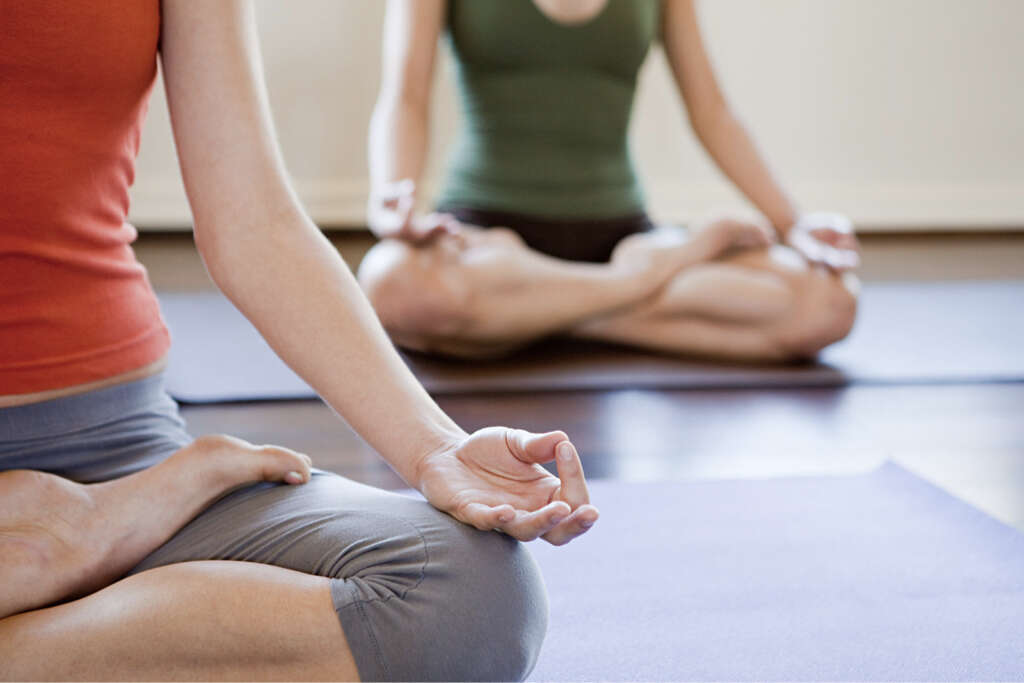
Yoga Benefit #6: Boosts Brain Power
Yoga helps you breathe more deeply ensuring that your body and brain get more oxygen to help carry out their functions. Yoga also improves physical strength and relieves tension and pain. These positive effects impact both the body and the mind.
The brain requires a constant supply of oxygen to carry out its functions. Similar to other parts of the body, the brain uses oxygen to produce energy for use in carrying out its functions. Because yoga helps improve oxygen supply, it helps maximize production of energy in the brain. This increases efficiency in brain functions like concentration and thinking. It also reduces mental fatigue.
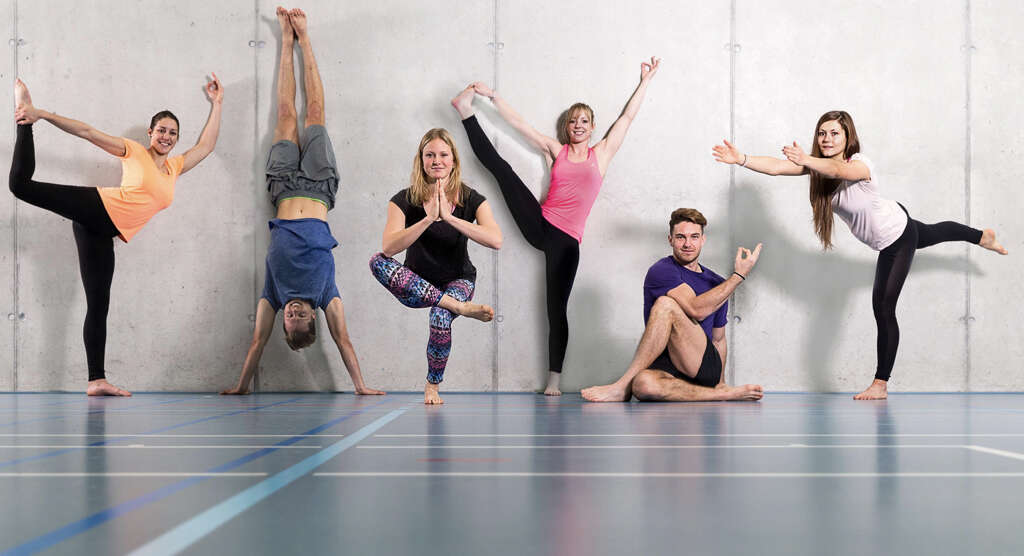
Yoga Benefit #7: Helps You Sleep Better
Many people suffer from insomnia and other sleep disturbances due to various problems including depression and anxiety. This affects their productivity and quality of life. Practicing yoga can help you sleep faster and longer. It can also improve sleep quality so that you wake up rested and ready to face another day.
Yoga reduces stress, depression, and anxiety. It also relieves pain and relaxes the body. Studies have also found that yoga can increase the production of the sleep-regulating hormone called melatonin. Consequently, yoga can relax your body and mind and help you fall asleep without the need for sleeping pills.

Yoga Benefit #8: Can Reduce Pain
Millions of people suffer from chronic pain due to injury and diseases like arthritis, migraine, fibromyalgia, and low back pain, which can seriously affect quality of life. To get some relief, people with chronic pain are condemned to a life of pain medication that doesn’t always work. But yoga may offer some pain relief and improve quality of life.
A number of studies have found that regular yoga practice by people with chronic pain reduces the pain significantly. It also increases strength and improves physical functions. Yoga is a holistic practice that impacts both the body and the mind, thereby giving sustainable relief. Specific yoga poses may be used together with breathing exercises and meditation to address localized pain such as lower back pain. It is worth noting that yoga has no side effects unlike many pain medications.
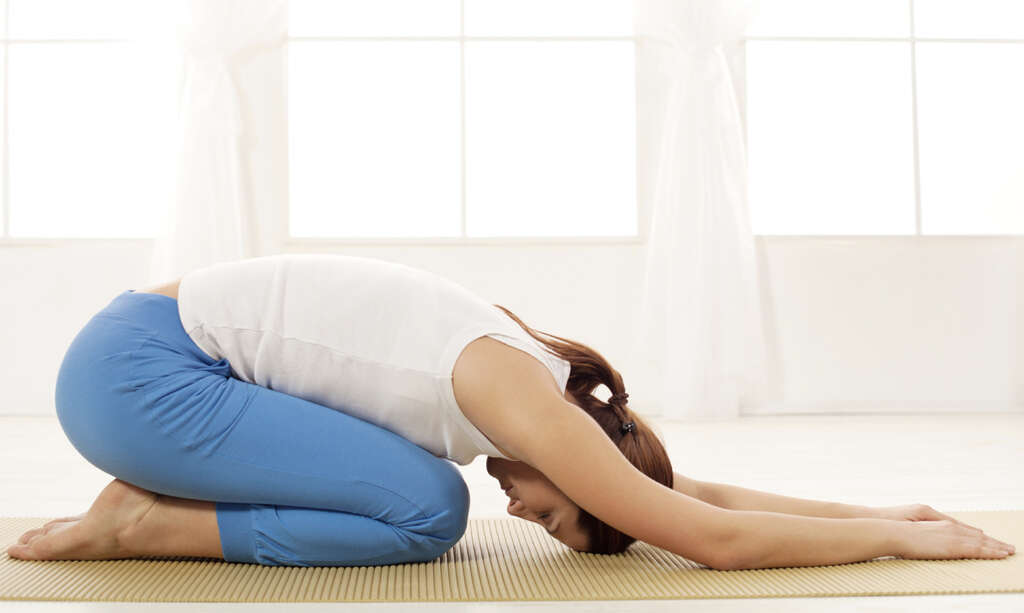
Yoga Benefit #9: Increases Flexibility
Yoga poses or asanas involve stretching and relaxing different muscles and joints. They also alternately increase and reduce pressure against different organs. Doing these activities over weeks, months, and years helps increase strength and improves flexibility throughout the body. This reduces the risk of injury while exercising or competing.
Yoga poses also increase balance in the body because they involve a wholesome approach that works the different muscle groups, ligaments, and tendons. This increases the range of motion of different joints, making it easier for you to carry out relatively strenuous physical activities.
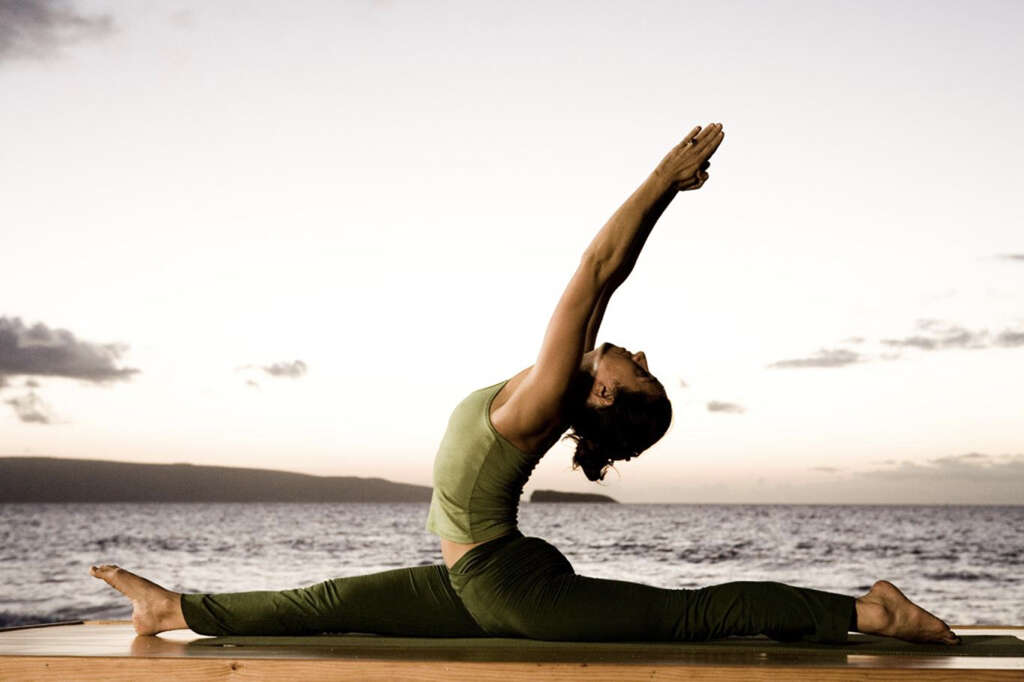
Yoga Benefit #10: Longer Life
Because everyone wants to live a long and enjoyable life, there is a lot of research going on seeking to find out ways to live longer. Many suggestions are offered on what to do to improve your chances to live longer. These include physical exercise, nutrition, and fasting.
Yoga keeps your body and mind healthy and strong. It also lowers your blood pressure and stimulates a healthy heartbeat. Additionally, yoga is a holistic approach to life which recognizes that the body, mind, and soul are parts of a whole or one. As a result, breathing exercises, physical poses, and meditation work together to bring harmony within the person. This approach is probably the reason why people who practice yoga are likely to live longer than those who don’t.






